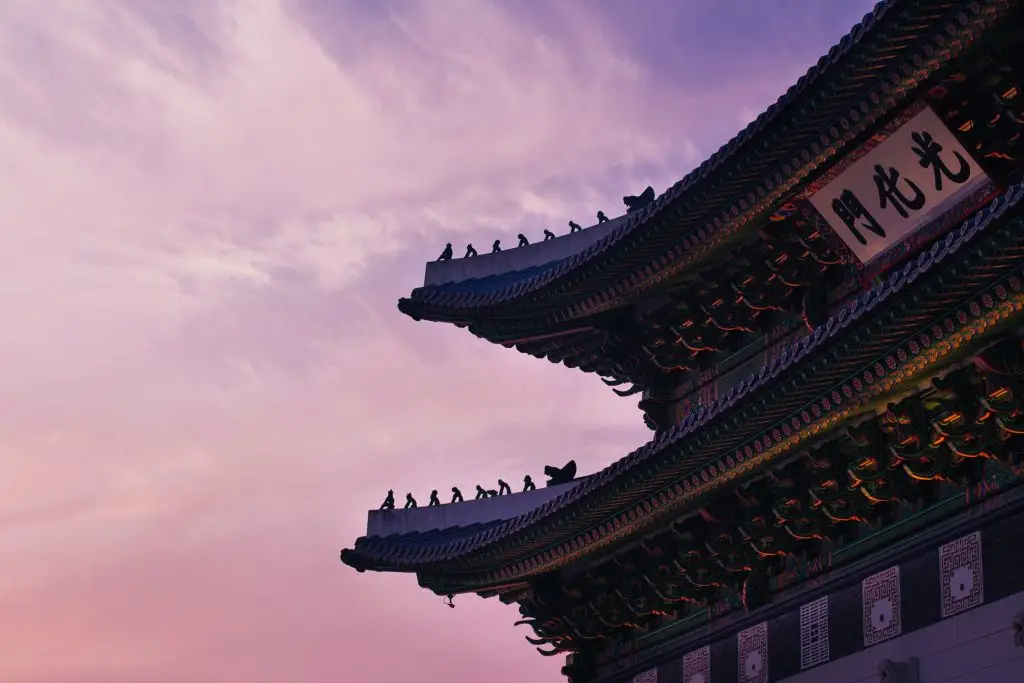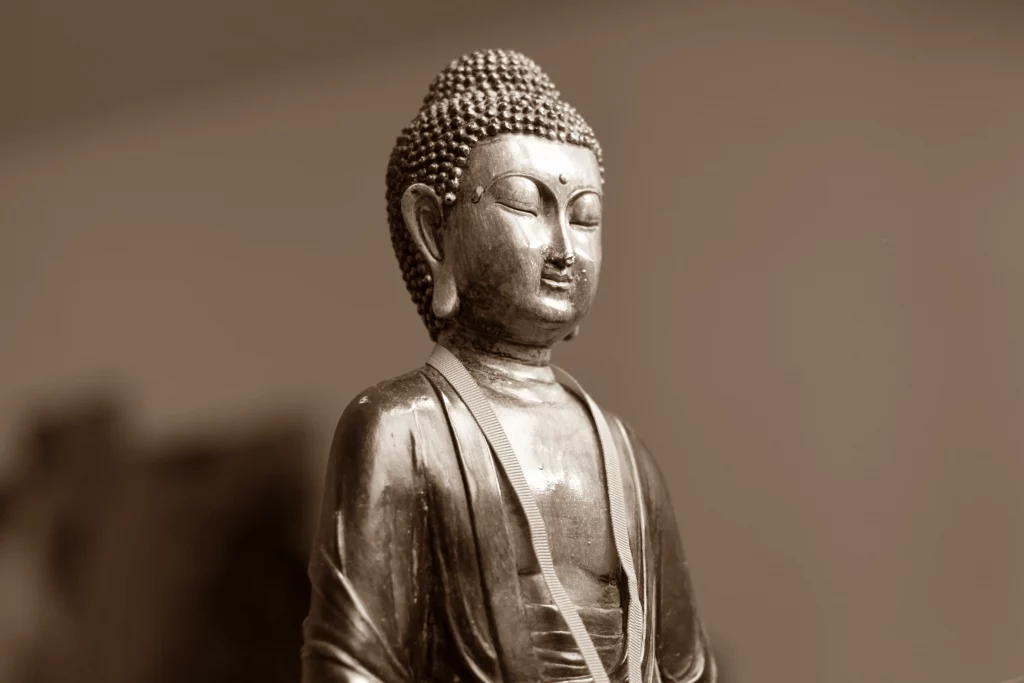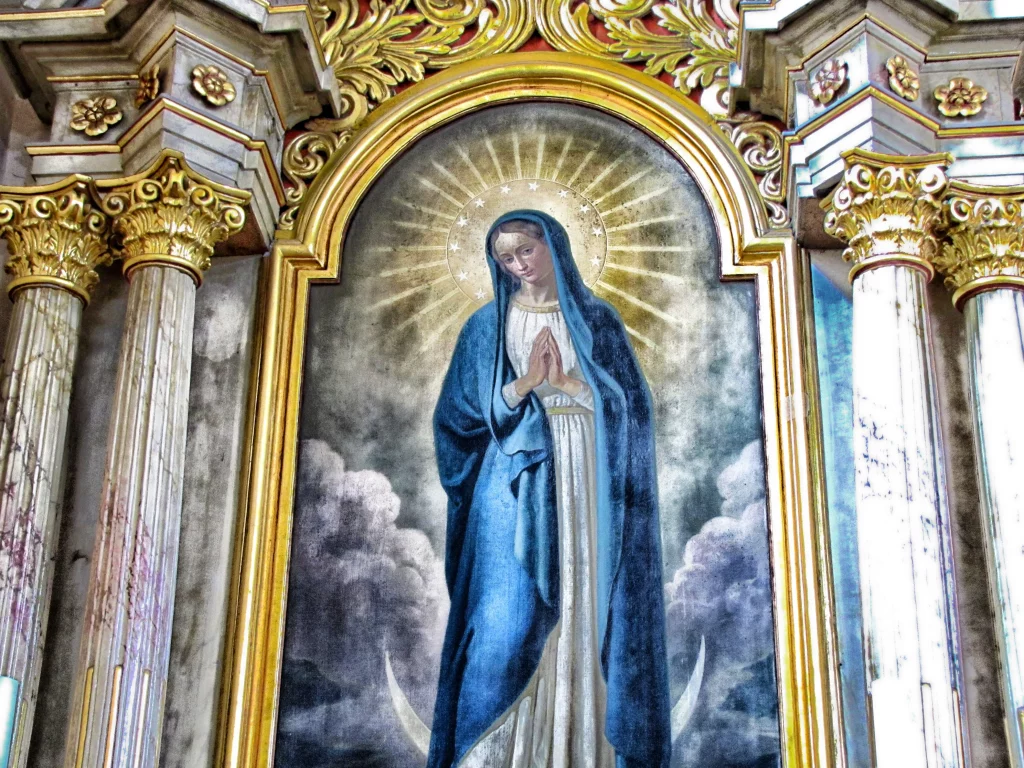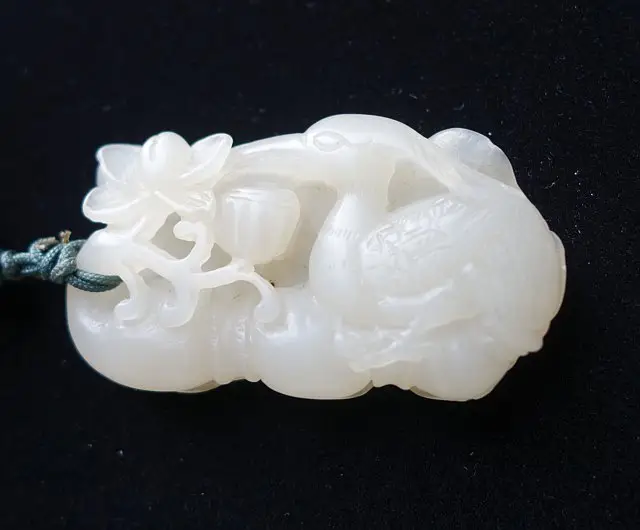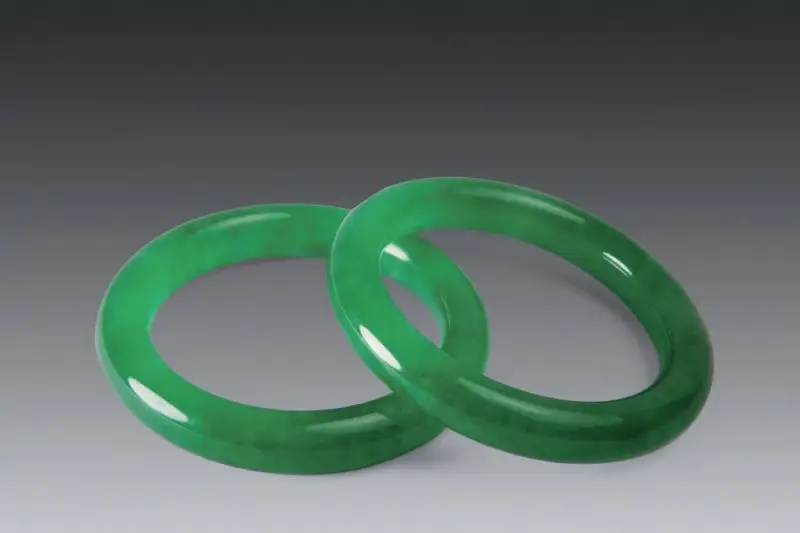Introduction
Lapis Lazuli, the name comes from the Latin word “Lapis”, which means “stone”, and Lazuli means Lāzhvard’, the place where lapis lazuli is produced.
Lapis Lazuli usually contains 3-5 kinds of minerals, the blue part includes lazurite, sodalite, hauynite, etc.; the white part is calcite; the golden part is pyrite. As a result, it is technically a type of rock known as gemstone.
The majority of lapis lazuli appears opaque or translucent, and the range of its colors includes teal, blue, indigo and blue-violet. The different proportion and combination of minerals in the polycrystalline determines its color, for example, the greater content of azure stone makes lapis lazuli bright royal blue.
Mineral composition
| Mineral species | Specific Gravity | Index of Refraction | Hardness | Color |
|---|---|---|---|---|
| Lapis Lazuli | 2.38~2.45 | 1.50 | 5 | Blue, blue-violet, teal |
| Sodalite | 2.10~2.30 | 1.48 | 5.5 | Blue, purple and other colors |
| Hauyne | 2.40~2.50 | 1.49 | 5.5 | Blue |
| Calcite | 2.60~2.80 | 1.481.66 | 3 | White |
| Pyrite | 4.95~5.10 | None | 6~65 | Golden |
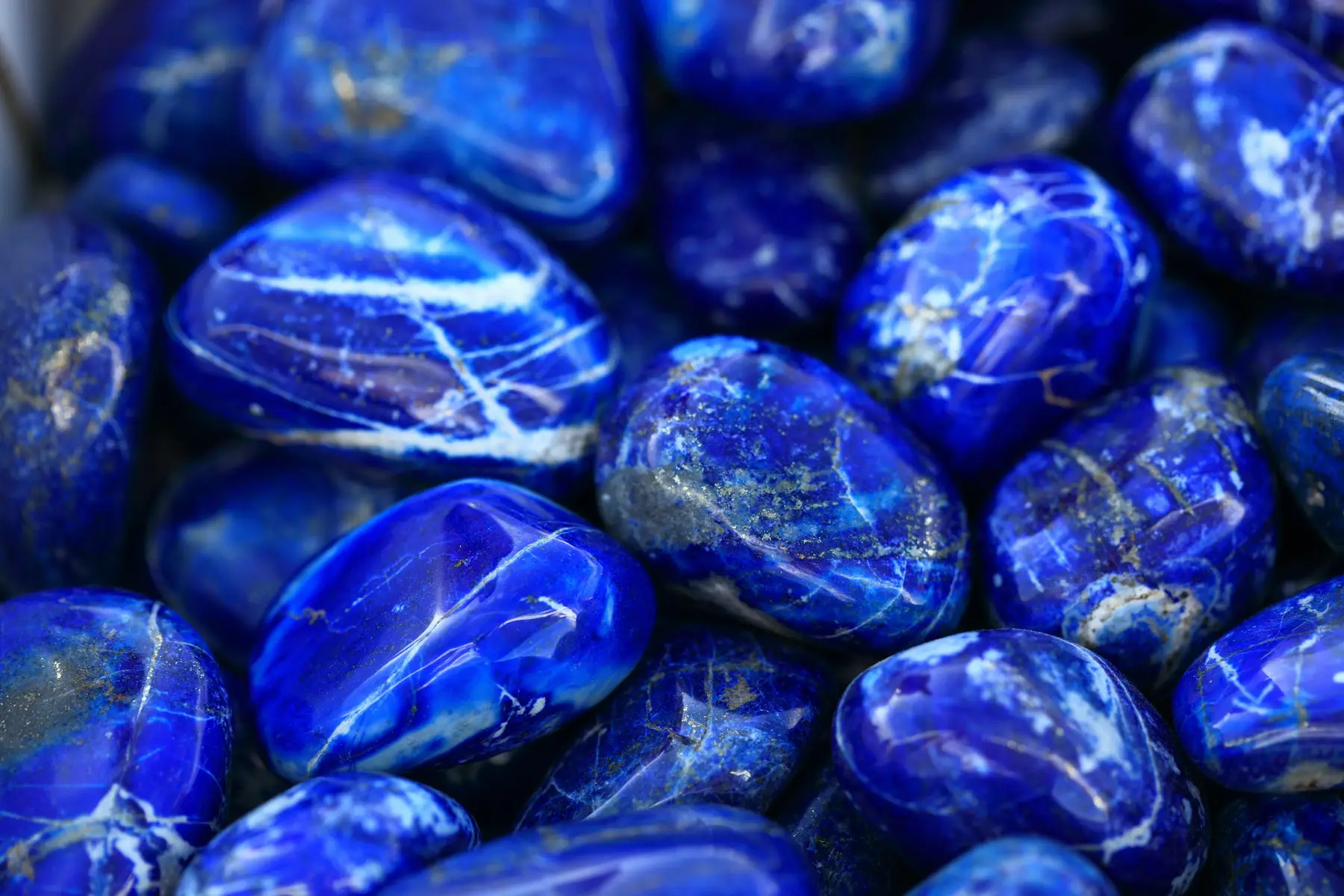
(Figure 1) 1
Lapis Lazuli
- Crystal system: equiaxed crystal system
- Hardness: 5.5 on average
- Specific gravity: 2.7~2.9
- Luster: vitreous waxy luster
- Transparency: Mostly opaque
- Color: Blue for base color with gold and white dots
- Index of refraction: 1.50 on average
- Birefringence: None
- Fluorescence: Weak and yellow-green fluorescence at shortwave
- Cleavage: No cleavage
- Properties: contain pyrite and calcite
- Imitations: Gilson lapis lazuli, dumortierite, sodalite
History of Lapis Lazuli
Lapis Lazuli is a gemstone with long-standing history, with the earliest human mining record that can dating back more than 6,000 years ago in Afghanistan. It evolved multiple aliases over the course of history, and in both Eastern and Western cultures, lapis lazuli symbolizes imperial power and wealth. It was sought after by the upper class and even the royalties and nobles back then, and also the first used for grinding into pigments for painting and women’s makeup, it can be said that it held a pivotal position in history.
Symbol of Status
In ancient Egypt and Babylon, it was used as a gemstone for the ruling class.
Babylon

The Babylonians regarded it as the authority of the Queen of Heaven, also as an important gift for foreign envoys to meet the Babylonian king.
There is a paragraph in the Sumero-Akkadian hymn which worships the moon god Sin that says, “Ferocious bull, whose horn is thick, whose legs are perfected, who is bearded in lapsis, and filled with luxury and abundance.”
Ancient Egypt

Ancient Egyptian merchants were willing to spend years to bring lapis lazuli back to Egypt, and it even once had a higher status than gold in valuable gifts, which shows the importance of lapis lazuli at the time. Lapis lazuli was mostly worn by dignitaries and royalty at that time, it is rumored that lapis lazuli artifacts appeared as early as the Predynastic Egypt around 3100 BCE.
The famous cursed tomb of Pharaoh Tutankhamun has also unearthed many artifacts made of lapis lazuli, such as crowns, earrings, necklaces, chest ornaments, bracelets, rings, etc.
The ancient Egyptian royalty also extensively used lapis lazuli inlay on certain scarab jewelry, pendants, and everyday items.
Lapis lazuli was also known as the heavenly stone in ancient Egypt.
Lapis lazuli was regarded as a kind of gemstone with divine power, be able to connect afterlife to the heavenly realm. Therefore, it was considered as an azure ‘star map’ which lead the way for the soul of the deceased. The combination of gold (which symbolize sun and life) and lapis lazuli (which symbolize death and heaven), were as well as the contradictory relationship between life and death. In addition, the Egyptians also believed that lapis lazuli was the garment that the goddess of the night accidentally left behind when she rested in the mundane world during daytime.
- The golden mask is 54 centimeters (21 inches) high, 38 centimeters (15 inches) wide, and weighs 11 kilograms (24 pounds). The main materials are pure gold and lapis lazuli, inlaid with precious and semi-precious stones, such as turquoise, lapis lazuli, carnelian, onyx, colored glass, clay, etc. The eyes are made of obsidian and quartz.
In ancient India, Iran and other countries, lapis lazuli, turquoise and coral all belong to precious gemstone varieties. In ancient Greece and Rome, wearing lapis lazuli was a symbol of wealth.
China
In ancient China, lapis lazuli was also known as Qiu Lin, Jin Jing, Jin Yu, Qing Dai, etc. It was named “Emperor Blue” because of the sky-blue-liked color.
Lapis lazuli symbolizes nobility and dignity, reserved for those of a certain social status qualified to wear it, in certain dynasties, only officials of a certain rank or higher were permitted to wear lapis lazuli.
Currently, the most ancient lapis lazuli artifacts in Chinese archaeology were unearthed from the tomb of Marquis Yi of Zeng during the Spring and Autumn Period. Additionally, sword of King Yue was also unearthed from the same period, its cross-guard was inlaid with teal gemstone, the gemologists identified that these gemstone were lapis lazuli on one side and turquoise on the other side.
During the Qing Dynasty, the royalty continued the tradition of using lapis lazuli to offer sacrifices to Heaven.
There’s a paragraph in “Da Qing Huidian” that says: “The emperor wears court beads and miscellaneous ornaments, only the Temple of Heaven uses lapis lazuli, the Temple of Earth uses amber, the Temple of Sun uses coral, and the Temple of the Moon uses turquoise. The emperor wears decorated court belt, the Temple of Heaven uses lapis lazuli, the Temple of Earth uses topaz, the Temple of Sun uses coral, and the Temple of the Moon uses jade.” Lapis lazuli is as blue as the sky, according to the ritual system, it can be used to decorate the Temple of Heaven and offer sacrifices to Heaven, its paramount importance is clear through these ancient rituals.
Other
The Arab countries regard it as “treasure”, and Afghanistan also regards it as the “national stone” of its own country.
Buddhism
Lapis lazuli is regarded in Buddhism as one of the Seven Treasures, also known as vaidūrya. Buddhism believes that offering and practicing with lapis lazuli has a purifying and spiritually enhancing effect, it can also help to open the chakras. Meanwhile, lapis lazuli is also the representative color of the Medicine Buddha.
Christianity
Lapis lazuli is regarded as a gemstone with spiritual powers. According to the Bible, lapis lazuli is regarded as the symbolic color of the kingdom of heaven.
Painting Pigments
Lapis lazuli has been widely used as a painting pigment and can be found around the world, from the Dunhuang Mogao Grottoes in the East, the Dunhuang West Thousand Buddha Caves, to the murals in the tombs of Egyptian pharaohs and queens in ancient Egypt, which are more than 4,000 years old. Lapis lazuli is named “ultramarine” for the hue after ground is “beyond all colors”, its unique color is associated with the gods, calmness or majesty in any culture.
Before the Industrial Revolution, it was not easy for artists to use this kind of blue because lapis lazuli was a rare and expensive gemstone at the time, therefore only the nobility and the church could afford it. That is why lapis lazuli was often used to depict the robes of Christ or the Virgin Mary to symbolize their holy status. Back then, ultramarine was also called “Madonna Blue”.
Not all artists could afford to use pigments made from gemstones, and a single mistake could lead an artist to bankruptcy. A representative example of this situation is Vermeer, who loved ultramarine but thus trapped himself in financial trouble, and he’s the painter who created “Girl with a Pearl Earring”.
If you are interested in the story between ultramarine and the artists, you can learn more from here: True Blue: The Sacred History of Maria Ultramarine
Medication
In Egypt and Babylon, lapis lazuli was used as a medicine for depression and fever, as well as in ancient Greece.
In India and Tibet, lapis lazuli is the symbol of Shiva, the god of destruction and rebirth, and Medicine Buddha, the god of healing. The locals ground lapis lazuli into powder and put it into medicine, either taken internally or applied externally. China also has relevant record of grinding lapis lazuli and calcite into powder and put into medicine for pregnant women to induce the babies, earning it the name “birthing stone”. There’s also an article in the ancient Chinese medicine scriptures “Compilation of Mongolian Prescription”, writing about the treatment of scabies, food poisoning and detoxification by decocting lapis lazuli.
Later, due to the technology developement and the high cost of gemstone, the medicinal use of lapis lazuli gradually diminished.
Commercial value of Lapis Lazuli
Ornamental
Lapis lazuli with rich blue, even color, fine quality without cracks, and uniform pyrite distribution is the best, and the highest quality lapis lazuli often does not contain pyrite. The value of lapis lazuli decreases sharply if pyrite oxidizes and turns black, or calcite forms white spots on the surface. Gem-grade lapis lazuli is often fashioned into cabochons or thin gemstone slices. Lower-grade lapis lazuli is typically used for making round beads or carving materials.
Generally, it is rare to find pure and flawless lapis lazuli. It is recommended that you can choose with “no white, less gold” or “uniform golden sprinkles”, just like holding the Milky Way in your hand, which is exquisitely fabulous.
Follow Honway to learn more about the characteristics of gemstones~
Photo Credit:
- A macro shot of the center of a box full of polished blue stones, lapis lazuli. Seen at the TEP venue of the Tucson Rock and Gem Show, 2012 in Tucson, Arizona-cobalt123 ↩︎
- https://commons.wikimedia.org/wiki/File:Cylinder_Seal,_Old_Babylonian,_formerly_in_the_Charterhouse_Collection_09.jpg ↩︎
- https://commons.wikimedia.org/wiki/File:King_Tut_Mask_front_and_back.jpg ↩︎
Document Source:

